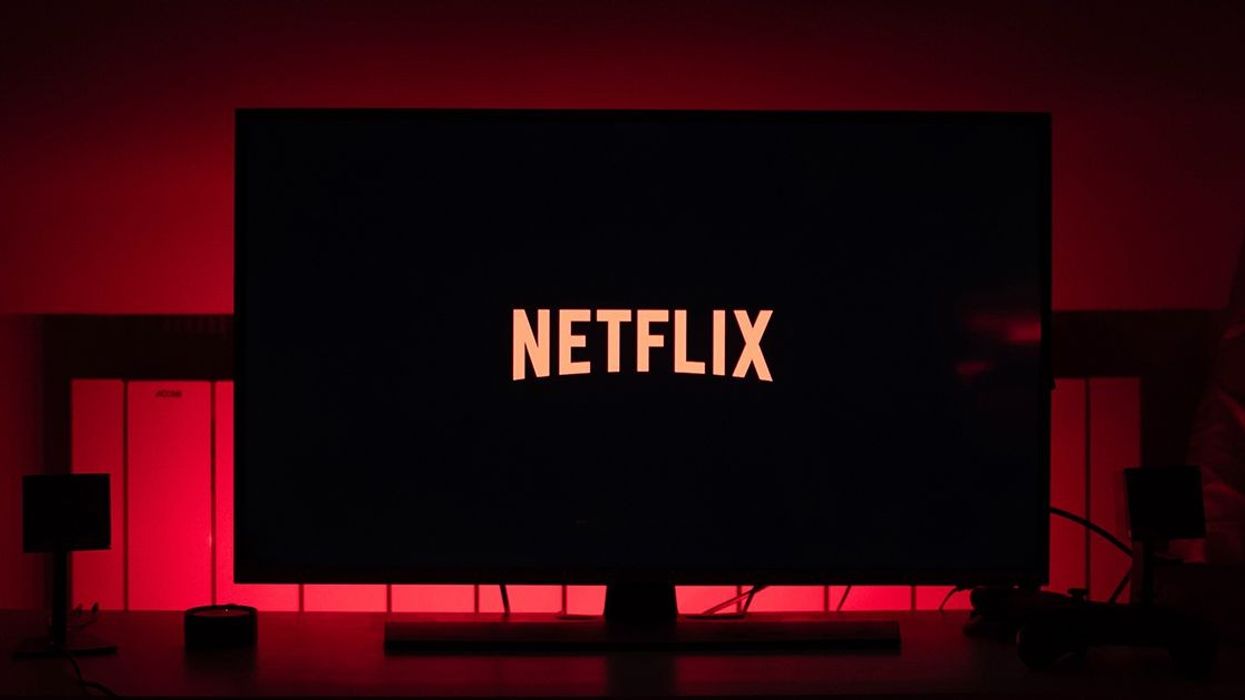Netflix Is Making 4K Streaming Better (At Half the Bitrate)
Get ready to nerd out with Netflix in high quality.

Tell me if this has happened to you. You're streaming something on your laptop or TV and suddenly the quality dips and the screen goes fuzzy. Many streamers have problems with this, especially Netflix, and they're doing something to change it.
According to the Netflix Tech Blog, the streamer has developed new encoding that cuts bitrates for 4K video in half without affecting picture quality. "Computing the Bjøntegaard Delta (BD) rate shows 50% gains on average over the fixed-bitrate ladder. Meaning, on average we need 50% less bitrate to achieve the same quality with the optimized ladder," the company said. "For members with high-bandwidth connections we deliver the same great quality at half the bitrate on average. For members with constrained bandwidth we deliver higher quality at the same (or even lower) bitrate."
So what does this mean?
It means you're going to get higher quality and fewer drops while streaming.
Still, a few customers have reported a downturn in streaming quality. Netflix calls those claims an outlier. "We have started re-encoding the 4K titles in our catalog to generate the optimized streams and we expect to complete in a couple of months. We continue to work on applying similar optimizations to our HDR streams."
Netflix is focused on reducing bandwidth and delivering 4K to every title in their library.
In America, there's a push for a universal internet that everyone in the country can use for free. Of course, there would be tiered pricing from private companies for certain speeds, but having Netflix making it easier to get 4K with a lower bitrate means access for all of us.
Thanks to Netflix's influx of users in a corona-world, they're trying to optimize ways to deliver stories without a loss in the picture.
Time will tell if they get it right.
Let me know what you think in the comments.
Source: The Netflix Tech Blog












